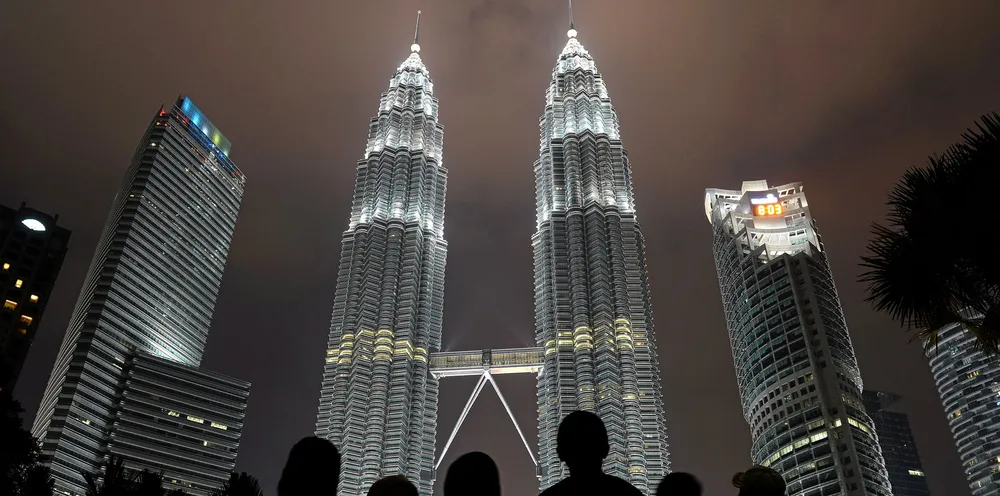'Who will be the Orsted of Asia-Pacific floating wind power?'
Recharge Digital Roundtable told depth of expertise in region bodes well for strong players to support huge build-out

Recharge Digital Roundtable told depth of expertise in region bodes well for strong players to support huge build-out
